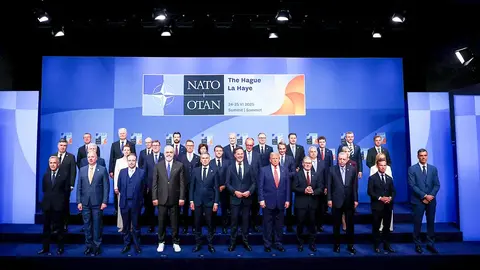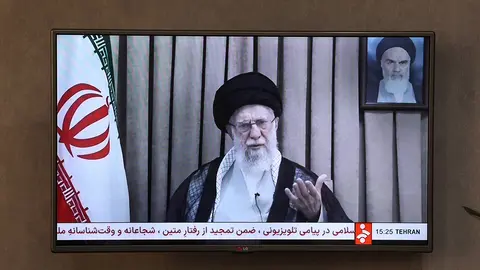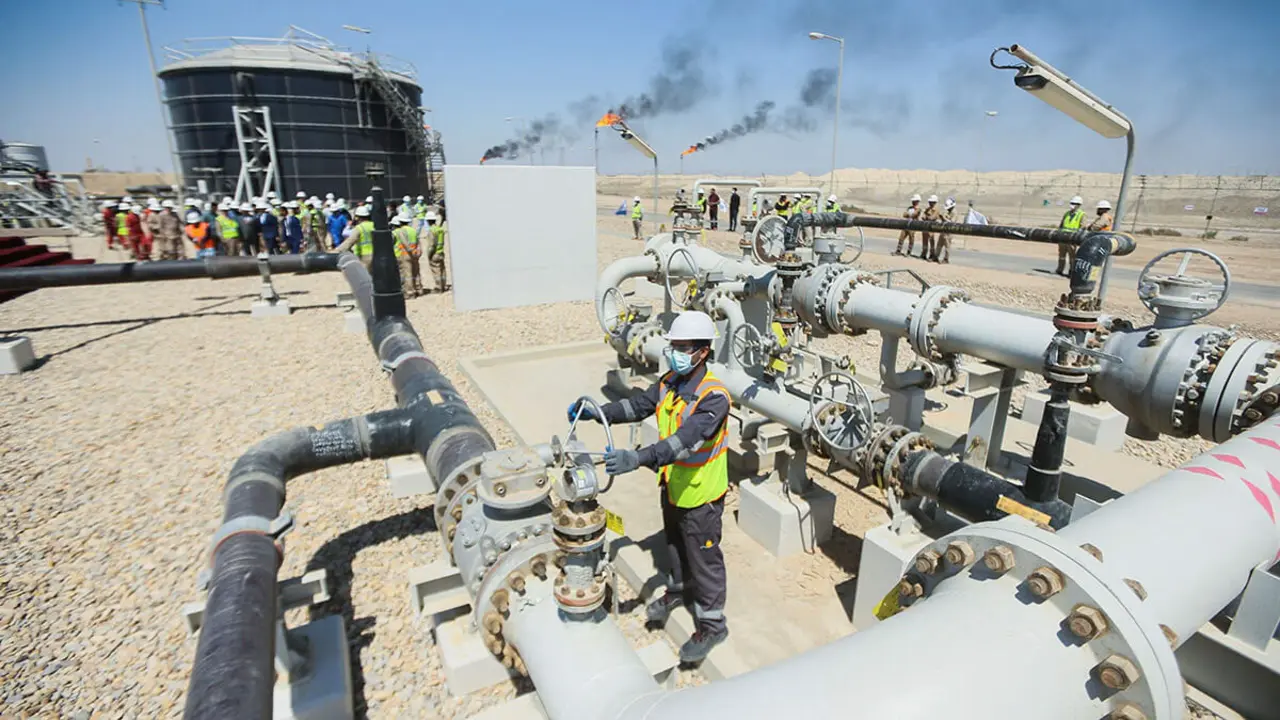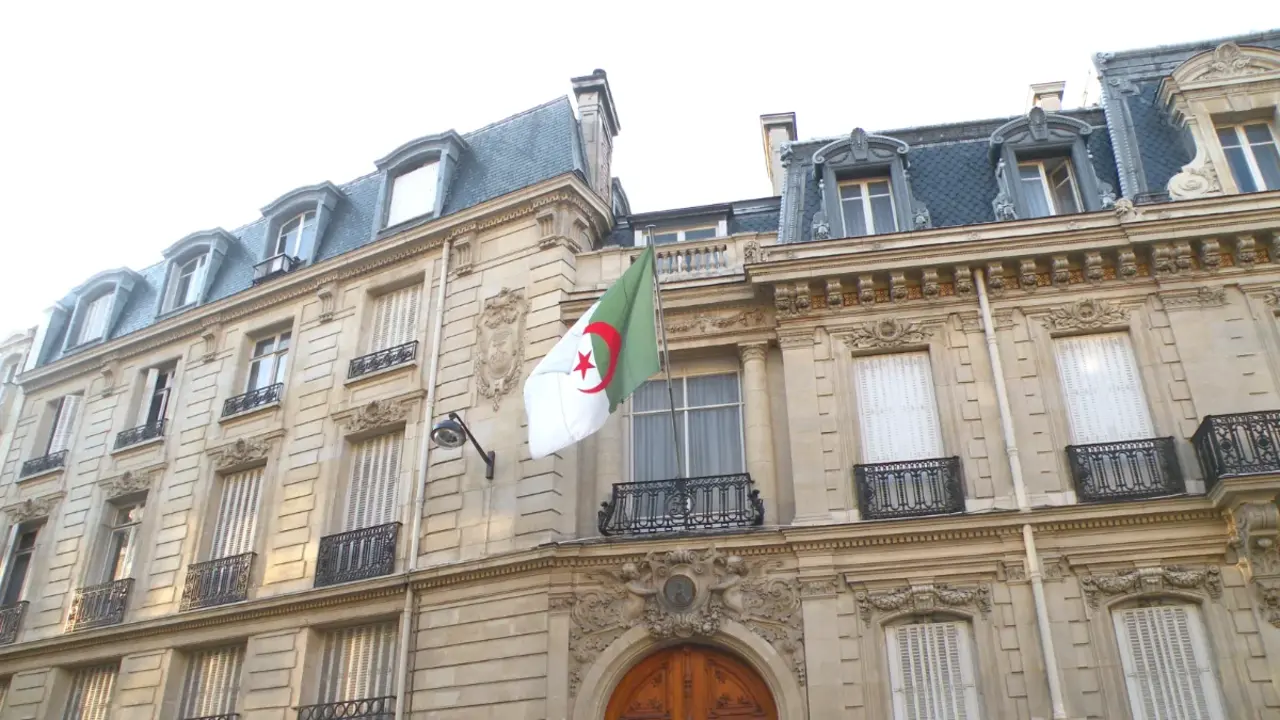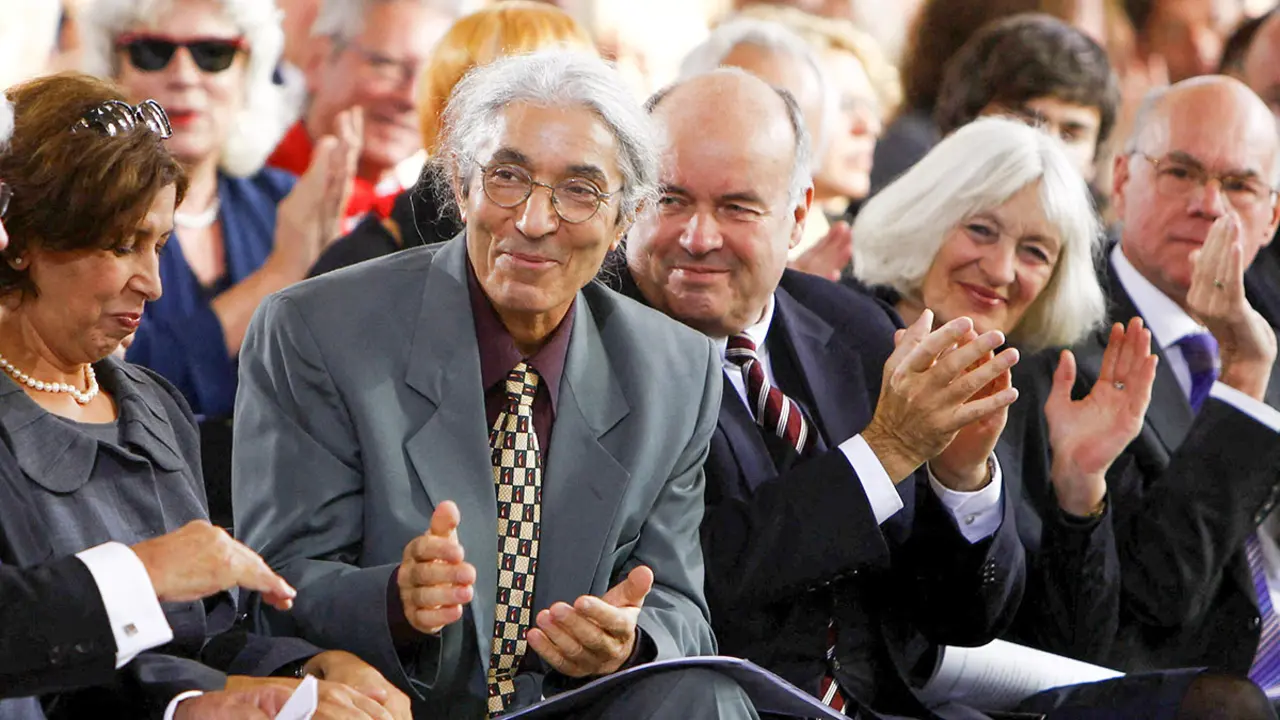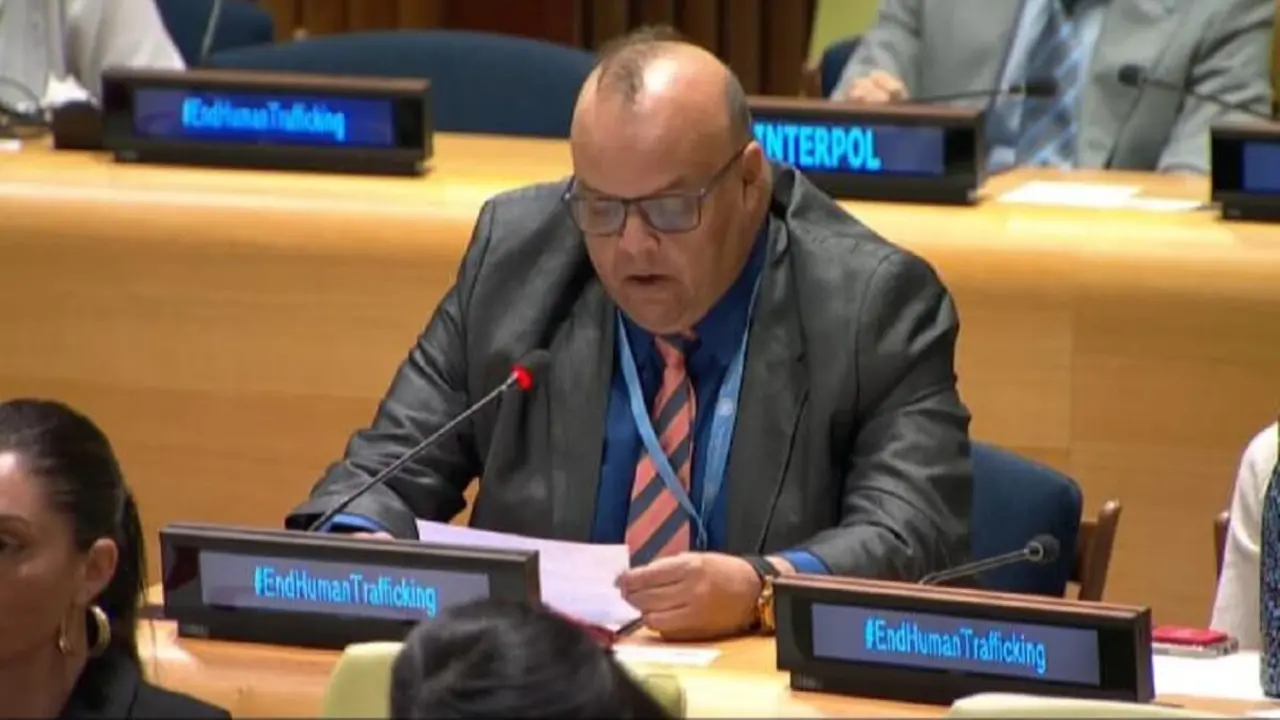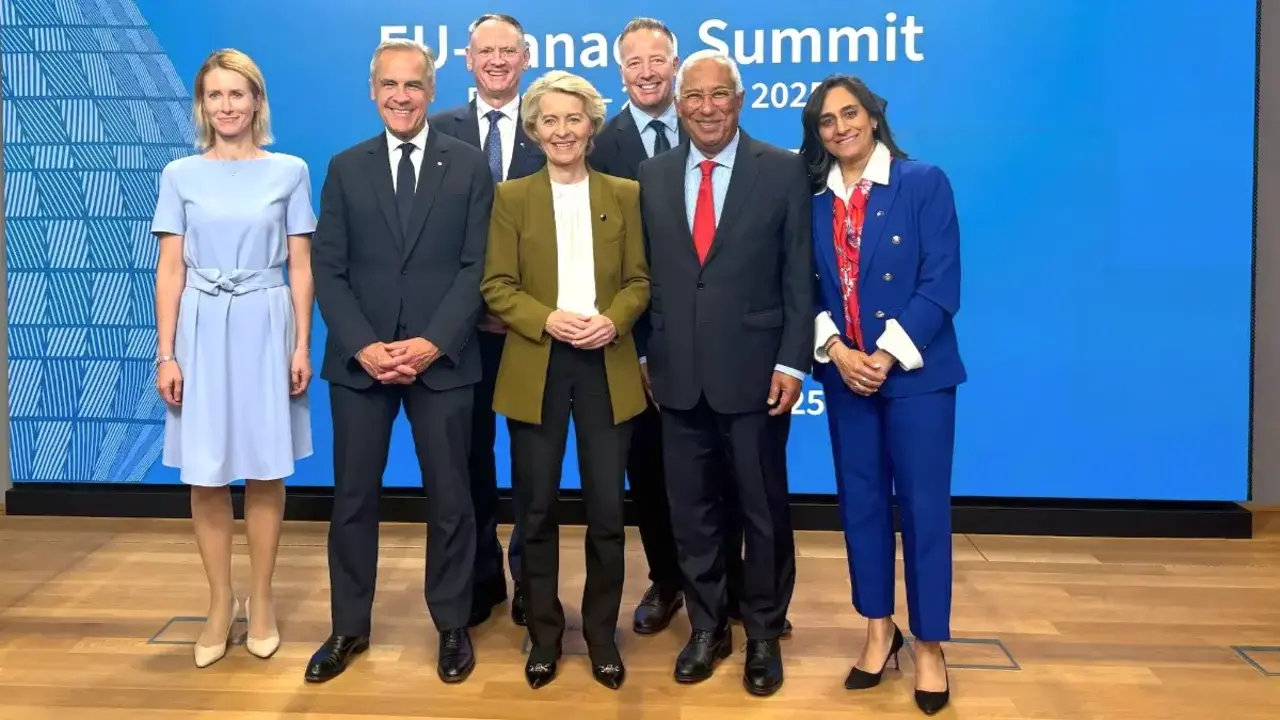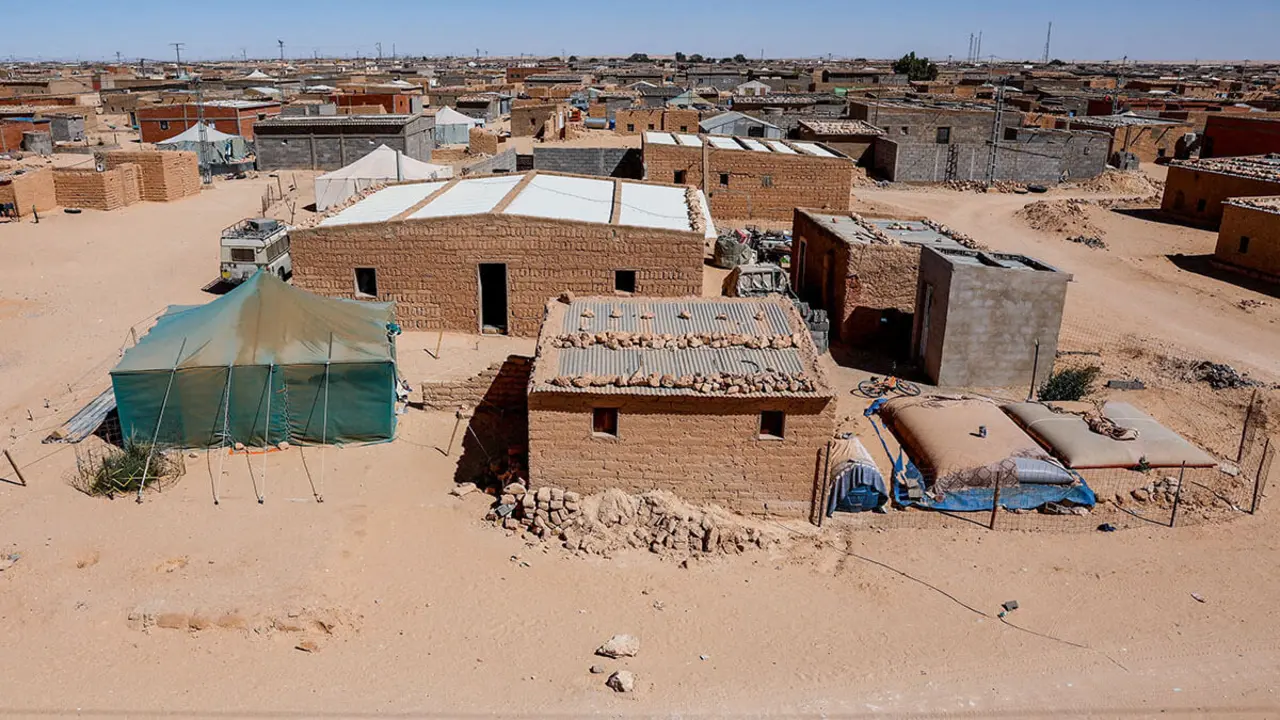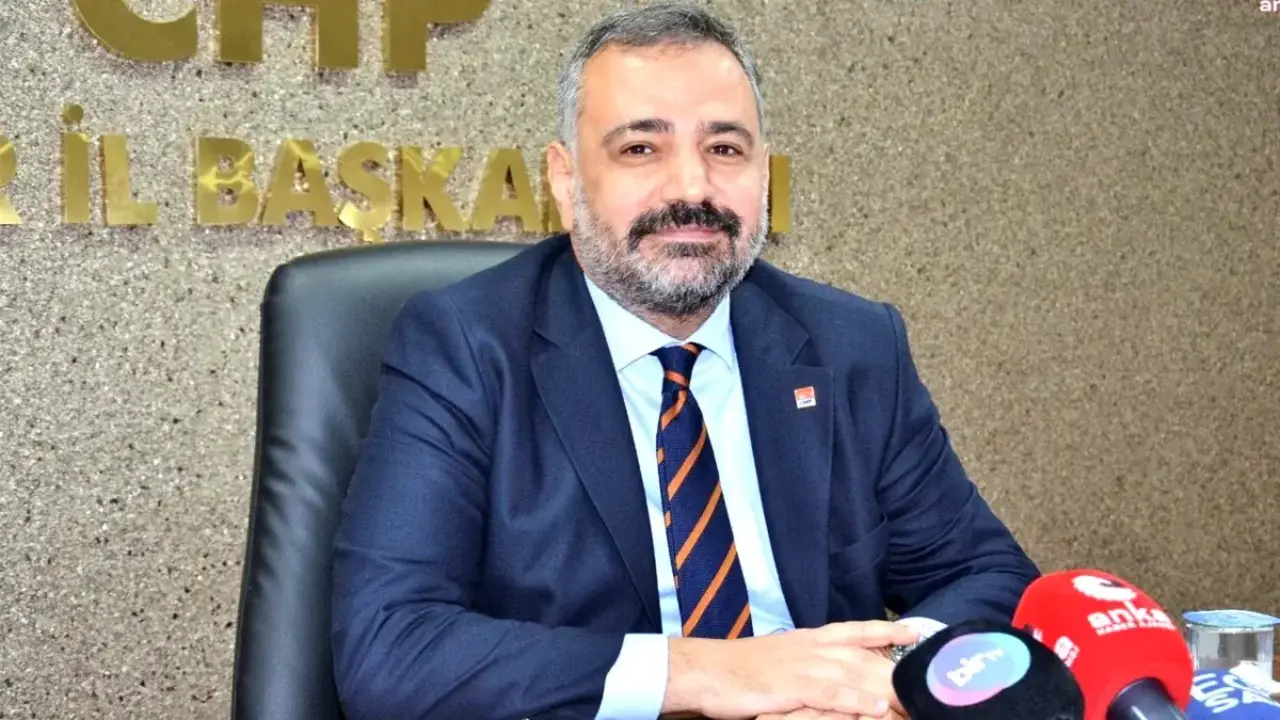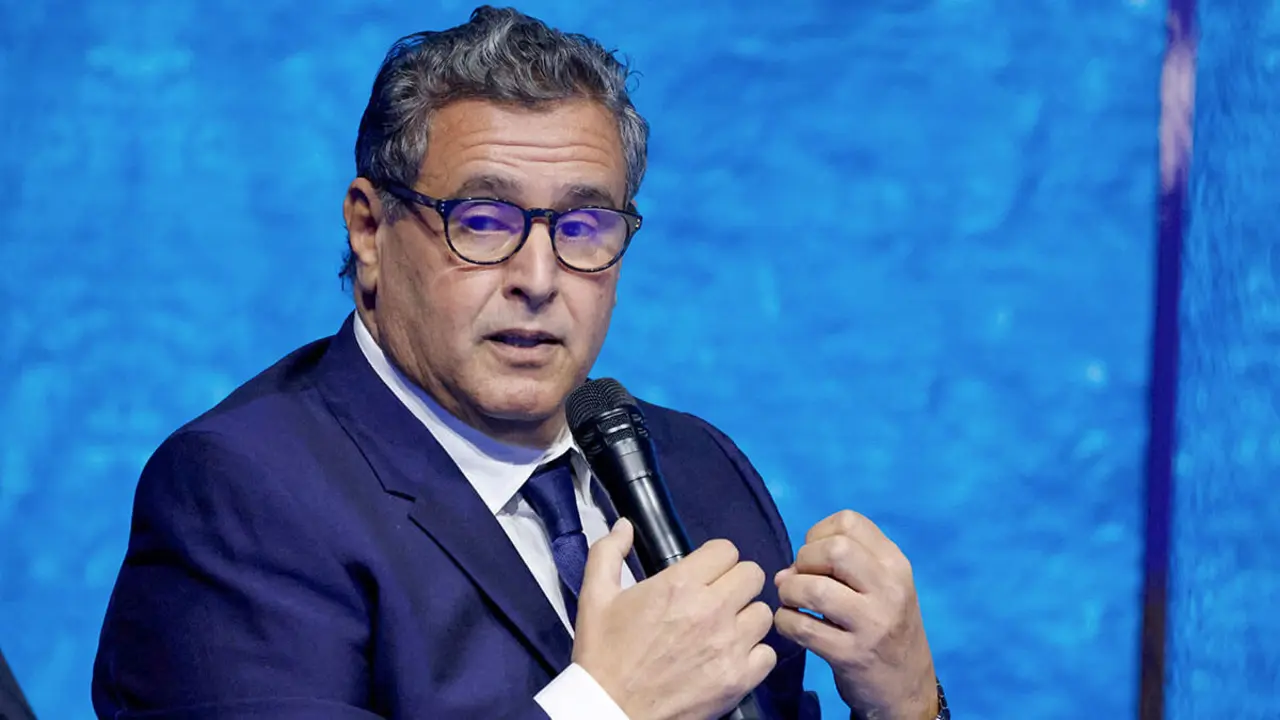Iran breaks with the IAEA
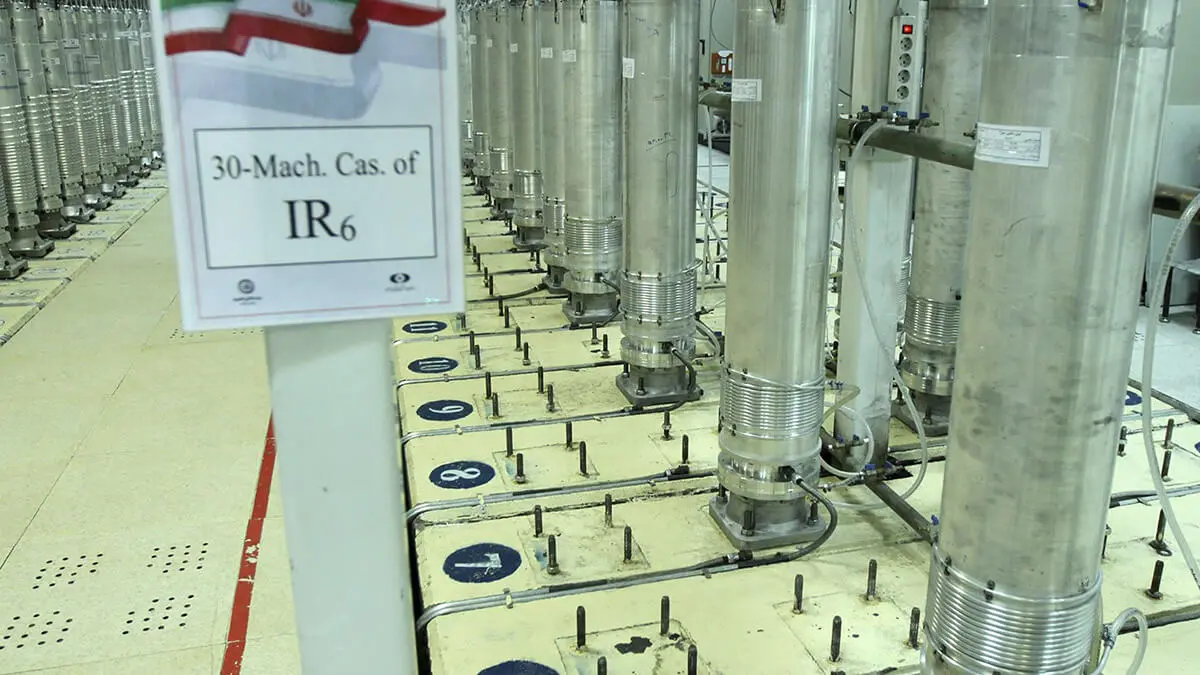
Iran has suspended its cooperation with the International Atomic Energy Agency (IAEA), meaning that national nuclear facilities cannot be inspected by this United Nations (UN) agency without authorisation from the Persian government.
The Iranian Parliament officially decreed this break, which has been ratified by Iranian President Masoud Pezeshkian. The law now states that any future inspection by the supervisory agency will require the approval of Tehran's Supreme National Security Council.
The decision is justified by Iran on the grounds of attacks by Israel and the United States against the interests of the Islamic Republic. In fact, the Tehran regime accuses the IAEA of facilitating Israeli and US attacks on Persian nuclear facilities.
‘The IAEA and its director general are fully responsible for this sordid situation,’ said Iranian Foreign Minister Abbas Araqchi, who accused the UN atomic agency of adopting ‘a politically motivated resolution against Iran.’
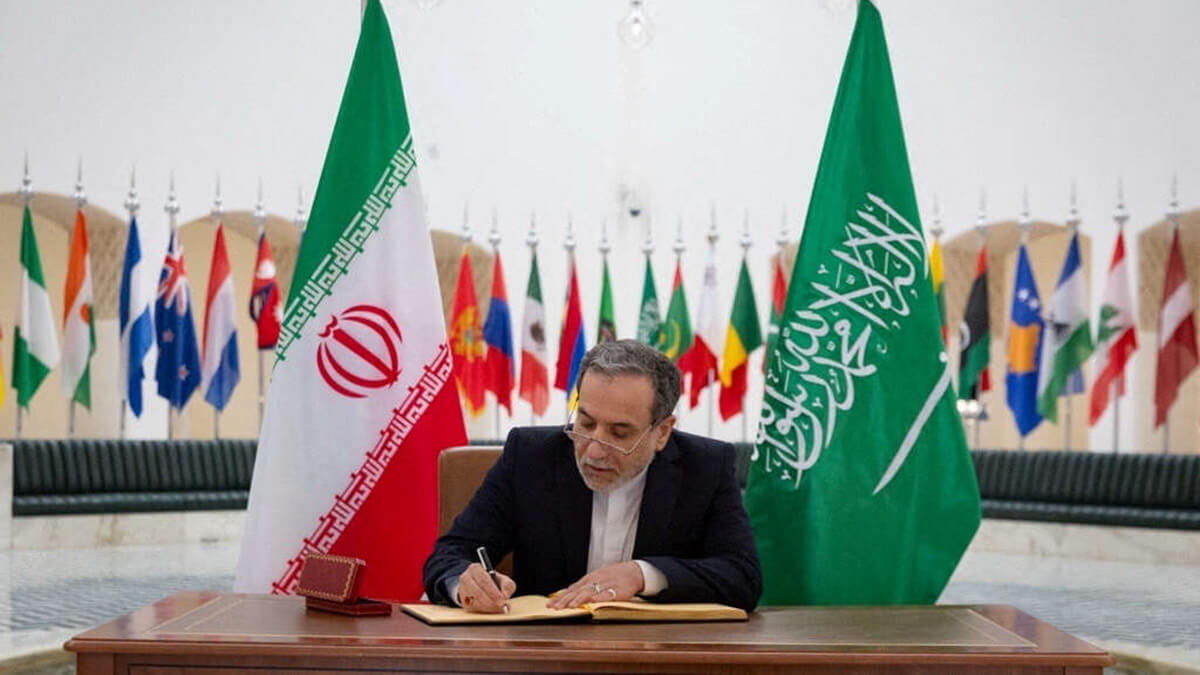
This drift in relations between Iran and the IAEA seriously undermines the international talks on Iran's nuclear programme.
In recent months, attempts have been made to redress the situation and revive the Joint Comprehensive Plan of Action (JCPOA), from which the United States withdrew in 2019. This agreement was sealed in 2015 between the United States, Iran, China, Russia, France, Germany, the United Kingdom and the European Union to monitor the Persian atomic programme in order to prevent its possible military use, an intention always denied by the Ayatollah regime, which has always advocated the civilian use of its nuclear programme.
Following the breakdown of the JCPOA during Donald Trump's first term as US president, sanctions were imposed on Iran, mainly related to oil, the country's main source of funding, and the Ayatollah regime responded with belligerent actions in the Red Sea and the Strait of Hormuz, the main passageway for global oil trade. This situation caused great international instability.
The challenge has always been to prevent Iran, a country identified as a destabilising force in the Middle East, from obtaining nuclear weapons, hence the constant monitoring of its atomic activity. In recent months, attempts have been made to revive the agreement to control Iran's nuclear programme in exchange for certain concessions for the Persian country. However, suspicions remain because Iran has been enriching uranium to levels that bring it close to being able to manufacture nuclear weapons.
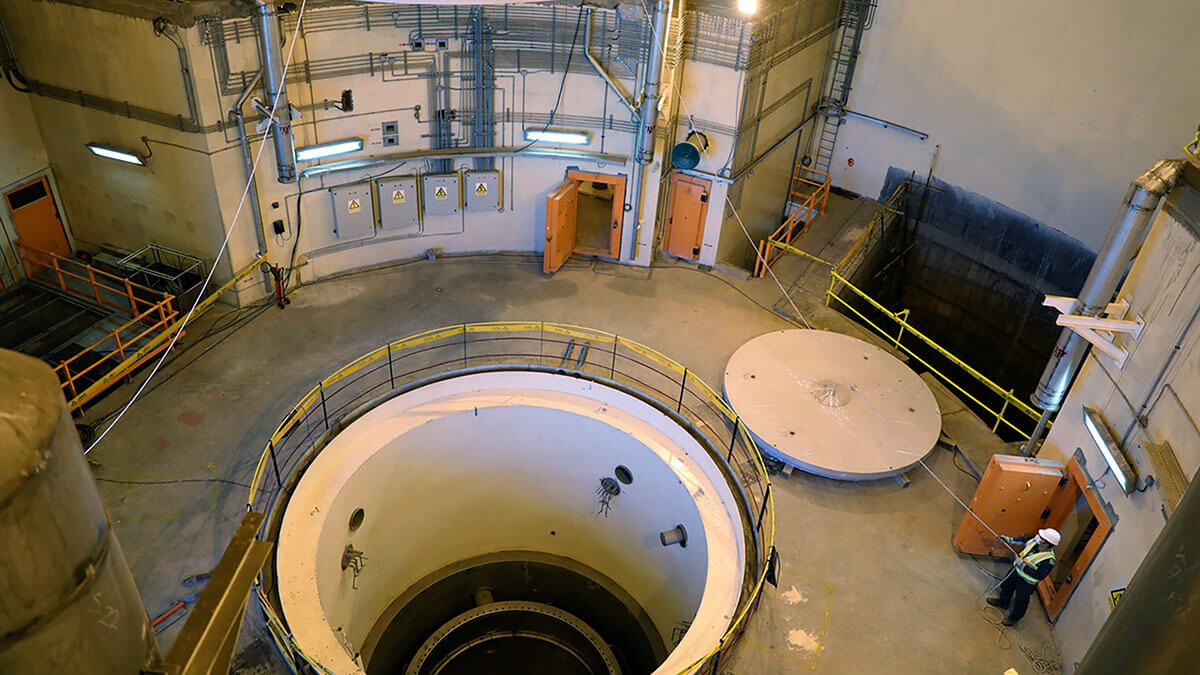
Against this backdrop, following the recent escalation of tension in the Middle East over Israel and the war in Gaza, coupled with Iran's belligerent attitude, the United States and Israel launched attacks on Iran's main nuclear facilities in Natanz, Fordow and Isfahan.
The Islamic Republic has long insisted that its nuclear programme is for peaceful purposes, but data collected by the IAEA and Western intelligence agencies raise serious doubts about Iran's intentions.

